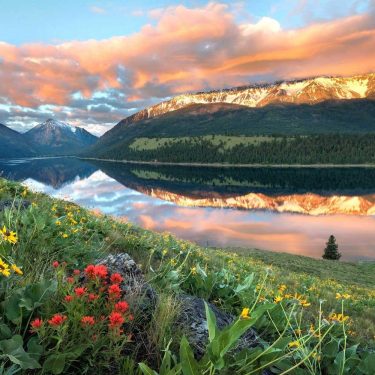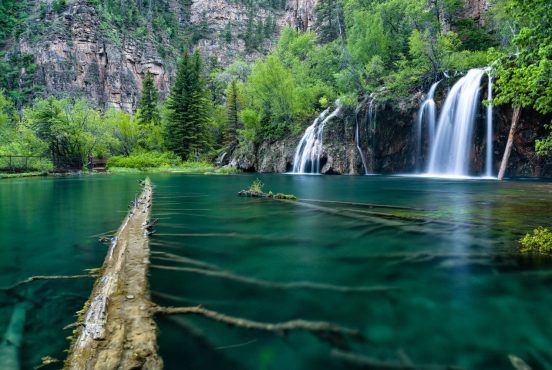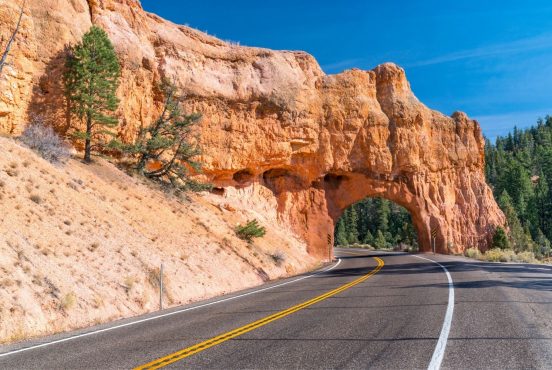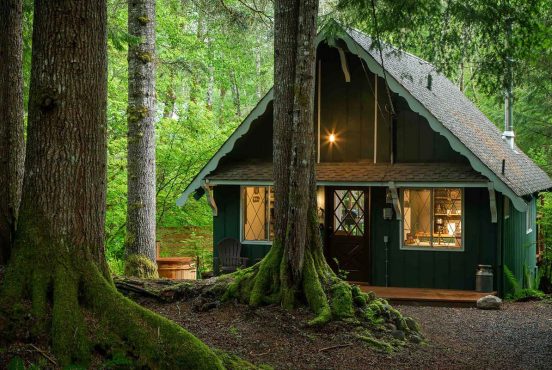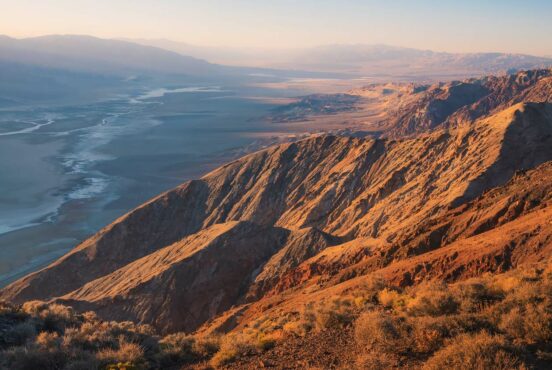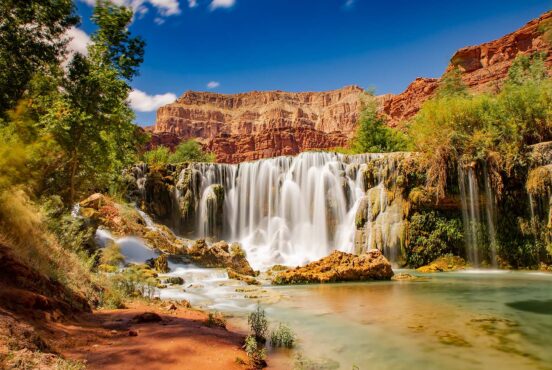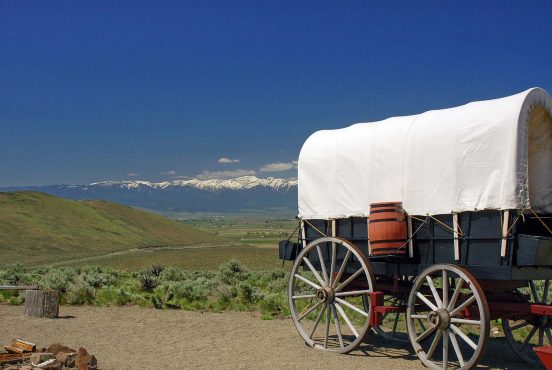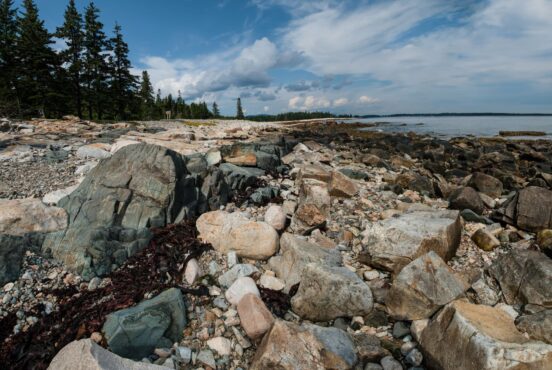We research, evaluate and select travel destinations based on a number of factors, including our writers’ experience, user reviews and more. We may earn a commission when you book or purchase through our links. See our editorial policy to learn more.
Crater Lake National Park is Oregon’s lone national park — and it’s a sight to behold — but there are many more historic landmarks throughout the state to see as well.
In 1902 President Theodore Roosevelt signed the legislation to create Crater Lake National park, the sixth national park in the United States, and the first that Roosevelt himself would help to establish.
President Roosevelt also signed the Antiquities Act in 1906 which enabled him and future presidents to protect America’s historic sites and national monuments. This, of course, led to the preservation of many more of Oregon’s nationally significant locations.
Related Read: The 10 Best Scenic Drives in Oregon
National Parks in Oregon
This article lays out Oregon’s national parks, national monuments, historic sites, and national trails, all of which contain abundant recreational and educational opportunities for visitors. Each place has its own distinct characteristics that make it worthy of national recognition.
History and culture await to be uncovered in every corner of Oregon. Whether you’re looking to get away to Oregon’s mist-laden coast, the mighty Cascades, or east into the High Desert, there are national landmarks to discover.
Crater Lake National Park
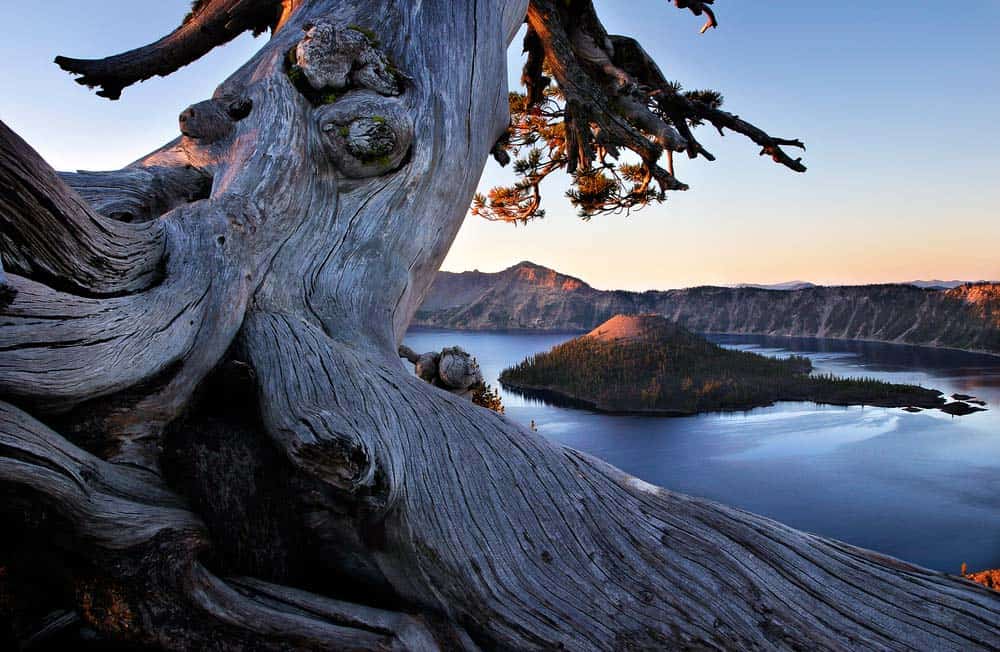
An awe-inspiring spectacle with an equally awesome history, Crater Lake National Park is a natural wonder that every resident and visitor of the Pacific Northwest should take the time to visit. There is much to do, see, and learn here in the Southern Oregon Cascades.
The park is home to the deepest lake in the United States and over 170,000 acres of old-growth forest. While those bits of trivia are interesting, they don’t even scratch the surface of what makes Crater Lake so special. The lake is massive, its deep blue color is extraordinary, and to top it all off, it was once a massive volcano.
Then, that volcano blew its top off, scattering lava all across Oregon, and imploded upon itself. With the help of interpretive signage and displays in the visitor’s center, you can still see the remaining shape of Mount Mazama and picture it as it once stood 7,700 years ago.
Now, the park is a high mountain playground. There are trails aplenty to explore, boat tours of the lake, and scenic drives toward outstanding viewpoints of the caldera and the Oregon High Desert below. It’s possible to see all of the park’s highlights in a single day, and equally possible to fill an entire week with adventure in and around the park.
Take a Hike
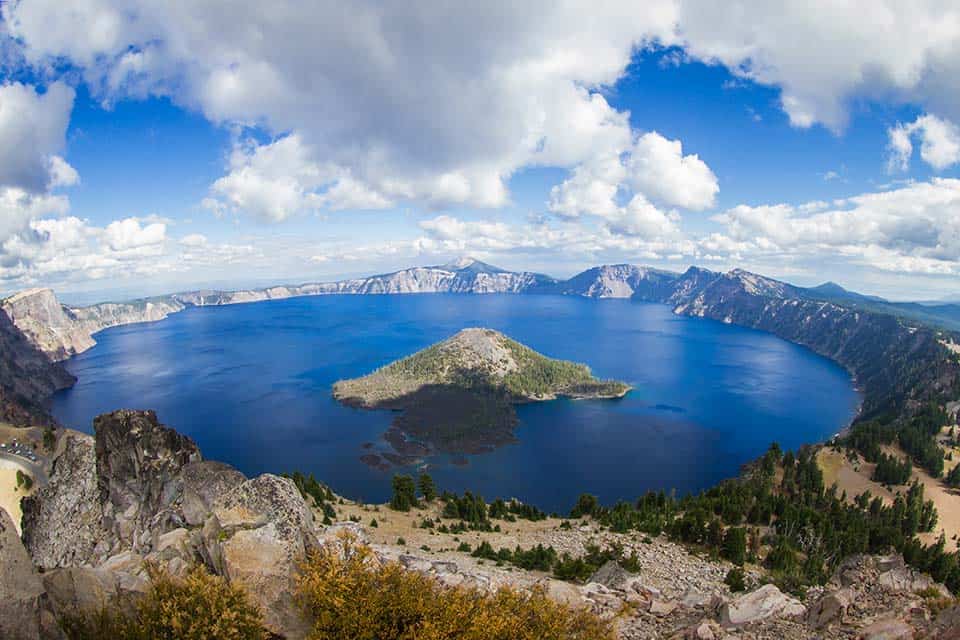
Crater Lake National Park extends well beyond the lake itself. There is a veritable smorgasbord of trails to choose from with over 90 miles of routes to traverse. There are easy paved routes with interpretive signage around Rim Village, challenging summit hikes in the backcountry, and long-distance backpacking opportunities with access to the Pacific Crest Trail.
I’ve put together a detailed list of the best hikes in Crater Lake National Park which provides a rundown of the trails you’ll most want to tackle. In my opinion, Watchman Peak Trail offers the best views of the lake, and the Wizard Island Summit Trail proves to be the most unique hiking experience in the park.
Adventurous souls seeking solitude will want to visit in winter when the roads are closed and the only options for getting around are your own two feet. This is when the entire park becomes a wonderland for those who enjoy snowshoeing and cross-country skiing.
Things to Do
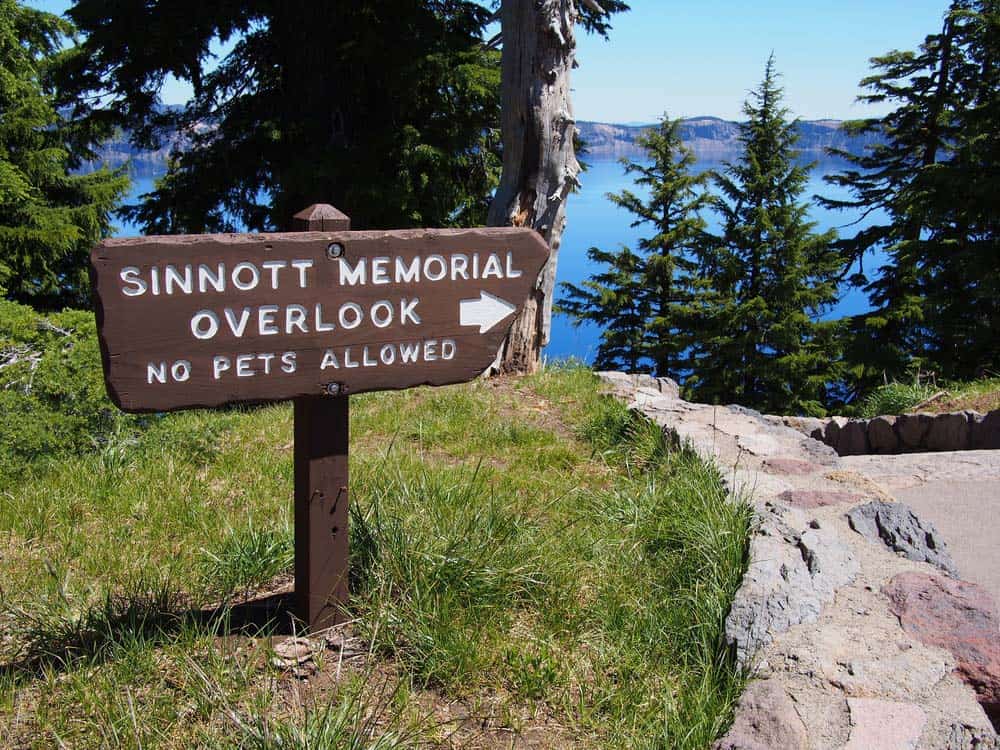
Rim Village is the visitor hub of Crater Lake National Park and is where you’ll find many engaging experiences and fun activities. The Rim Village Visitor Center has both a shop and food court, and it serves as the meeting place for Junior Ranger programs, ranger-led sunset hikers, and ranger-led snowshoe excursions.
Nearby, the Sinnott Memorial Overlook is set on a rock ledge high above Crater Lake. Not only does this spot provide an amazing view of the lake, but inside there are multiple exhibits, frequent ranger talks, and other educational activities that are scheduled here during the summer months.
The Scenic Rim Drive encircles the entire lake and serves as the access point to many of the park’s most popular viewpoints and trails. South of the lake lies the Steel Visitor Center, which is open year-round, Mazama Village Campground, and access to Annie Creek Canyon where more trails and scenic waterfalls can be found.
Boat and trolley tours are offered throughout the summer. Hiking down the steep Cleetwood Cove Trail is the only way to access the waters of Crater Lake, and you’re going to have to hoof your way back up, too.
Descending this trail is required for those who desire to take a boat tour of the caldera and or a boat shuttle to Wizard Island. Fishing is encouraged, as all of the lake’s fish are invasive, and swimming in the crystal clear bottomless waters is a chilly, though unforgettable, treat.
Where to Stay
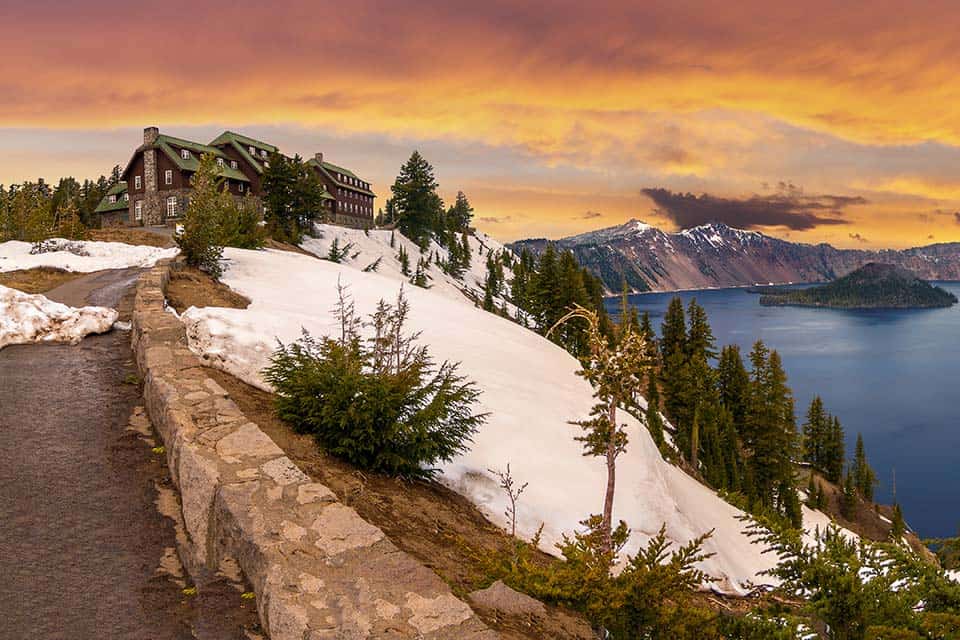
There are two lodging options in the park. Crater Lake Lodge is the most luxurious choice and it is situated adjacent to the conveniences of Rim Village. Front-facing rooms have views of Crater Lake, and rear-facing rooms overlook the Klamath Basin thousands of feet below.
The Cabins at Mazama Village are another great lodging option in the area. The cozy cabins are located south of the lake next to a convenience store, restaurant, and the expansive Mazama Campground. You might also consider booking an Airbnb in Fort Klamath which is only about a 30 minute drive from the visitor center.
Mazama Campground is the primary camping destination in the park with over 200 sites, full RV hookups, and hiker-biker camping areas. The much smaller Lost Creek Campground does not allow RVs and is first-come-first-served. Backcountry camping is allowed with the proper permit.
National Monuments & Historic Sites in Oregon
Oregon, unfortunately, only has the one national park. But the Beaver State also has a number of national monuments, historic sites, and historical parks to explore that are filled with dazzling scenery, historic tales, and artifacts of cultural significance.
Fort Vancouver National Historic Site
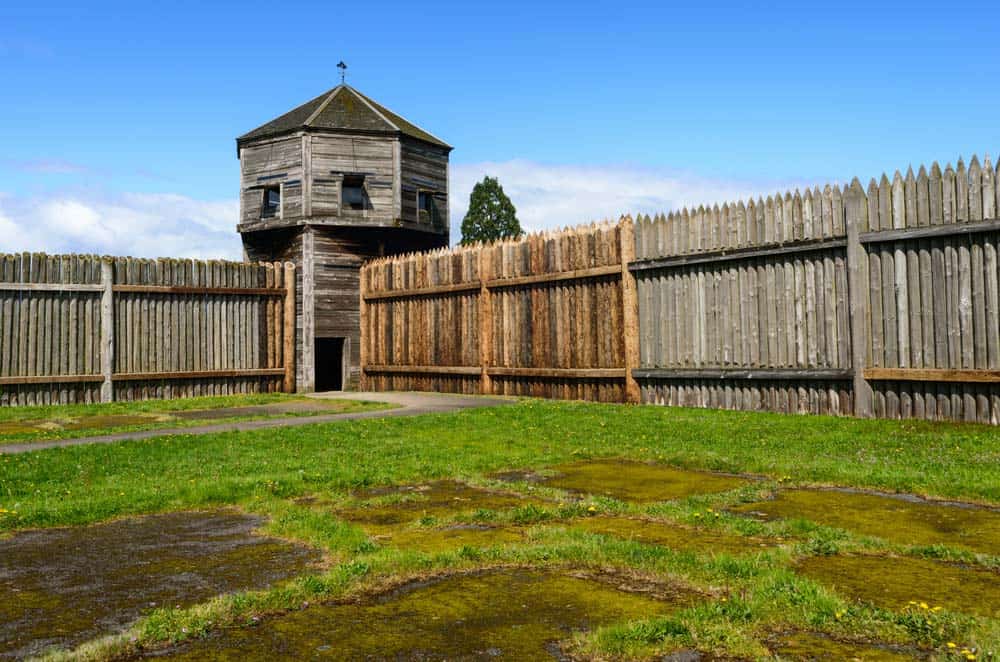
Sharing its history and territory between Oregon and Washington, Fort Vancouver National Historic Site has left a lasting impact in the Pacific Northwest. Now, its legacy is spread across four separate sites along the banks of the Columbia River and in Oregon City for all to see.
In Vancouver, Washington, which is a suburb of Portland across the Columbia River, resides Fort Vancouver, the Vancouver Barracks, and the Pearson Air Museum. The fourth segment of this historic site, the McLoughlin House, lies south of Portland in Oregon City.
Fort Vancouver was an important landmark for pioneers, fur traders, and military operations. It is known for its role as the first U.S. Army post in the Pacific Northwest and operated through the Civil War, Indian War, World War I, and World War II. The site also played an important role in welcoming emigrants of the Oregon Trail to the west.
John Day Fossil Beds National Monument
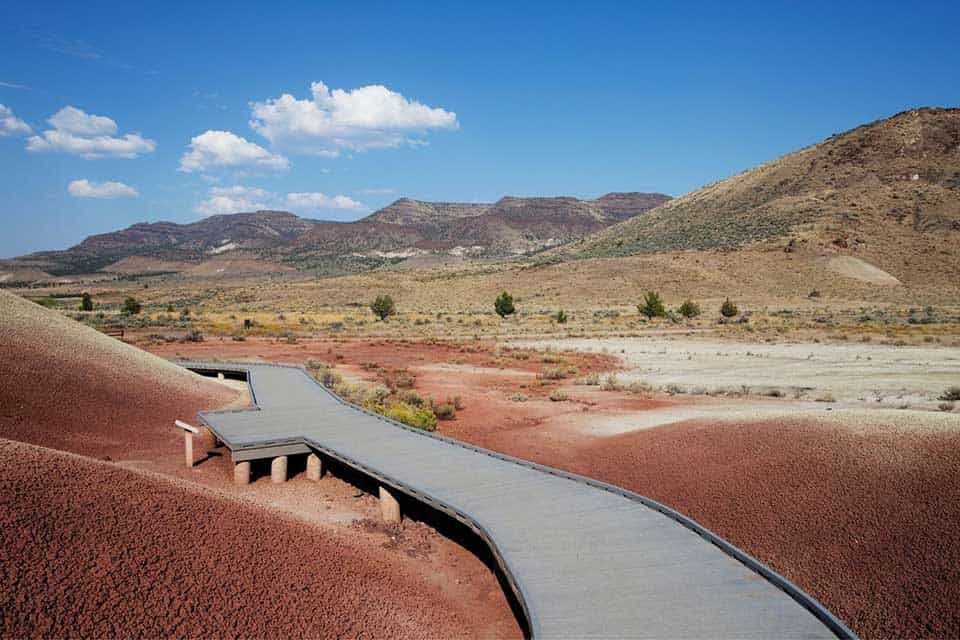
The John Day Fossil Beds National Monument is comprised of three distinct park units that are separated from each other by dozens of miles. The Sheep Rock Unit, Clarno Unit, and Painted Hills Unit each have their own distinctive characteristics worth discovering. Its scope and grandeur are much like that of a national park.
Travelers can take part in long scenic drives, many miles of hiking trails, and visit the monument’s fascinating Thomas Condon Paleontology Center and peculiar Cant Ranch Museum. Taking the time to see all three of the park’s units will reward travelers with an extensive look into the geology and history of east-central Oregon.
Lewis & Clark National Historical Park
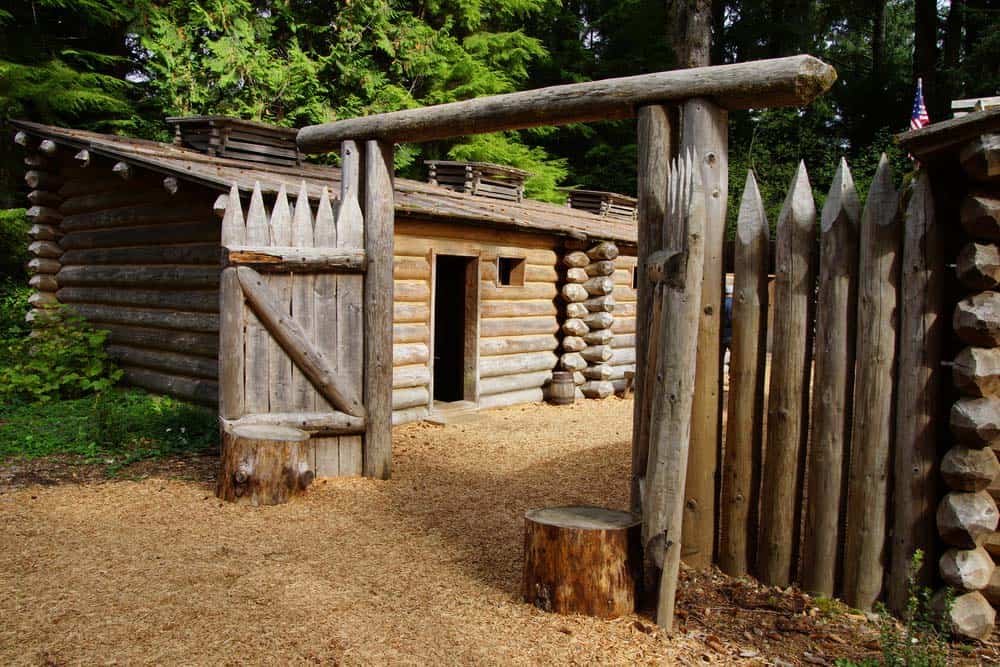
History, culture, and nature collide at Lewis & Clark National Historical Park. Here, visitors are met with the lush beauty of Oregon’s temperate rainforest and wild coastal scenery. The totality of the park includes sites along the Columbia River, the Pacific shoreline, and the depts of Clatsop State Forest.
We can’t neglect to mention the significance of the namesake Lewis & Clark expedition, either. The on-site visitor center showcases exhibits and other displays featuring the duo’s legendary expedition, and the recreated Fort Clatsop next door has its own history to explore. This is all set on the banks of the Lewis & Clark River where canoers and fishers often frequent.
Nez Perce National Historical Park
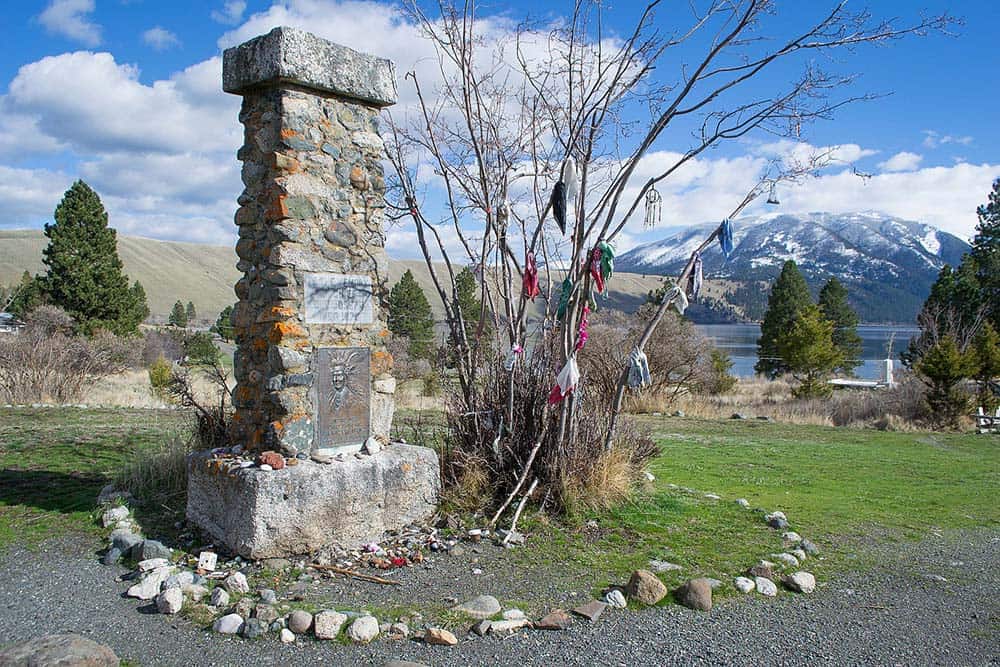
Visitors from all over are encouraged by the Nez Perce Tribe to explore the Nez Perce National Historic Park and to learn their stories. These lands are marked with the blood and tales of the Nimiipuu, otherwise known as the Nez Perce. Interpretive signs, exhibits, and educational events display how the Nez Perce were forced to adapt to a changing world.
Those who are intent on seeing all that this park has to offer will have to put on their explorer’s hat and become accustomed to map reading. There are 38 sections of this park spread across the states of Oregon, Washington, Idaho, and Montana. Four of these sections are located in Oregon, including Old Chief Joseph’s Gravesite.
Oregon Caves National Monument

Hidden in the depths of the Siskiyou Mountains along the scenic Redwood Highway is where the Oregon Caves National Monument can be found. Take a tour inside the Oregon Caves where acidic water carved its way through the marble rock-forming what is affectionately called the “Marble Halls of Oregon.”
The 0.6-mile tour highlights the best of the cave system, showing off its unique places such as the Ghost Room, Joaquin Miller’s Chapel, and the Belly of the Whale. Once you are done exploring the caves, head to the outside where multiple trails branch off to explore the mountains above.
National Trails in Oregon
The national trails found in Oregon are all much larger than the state itself. They each cross through several states along their routes, extending thousands of miles across the landscape. There are museums, parks, and sections of the trails themselves to discover all throughout Oregon that dig into their historical and cultural impacts.
California National Historic Trail
The California National Historic Trail was the route taken by migrants who were drawn to California by promises of gold and fertile farmlands. It’s much like the more famously known Oregon Trail, but with California as its primary terminus.
There was a popular Oregon branch of this trail that guided travelers northward toward the green pastures of the Willamette Valley and the portlands of the Columbia River. The Douglas County Museum of History and Natural History shines a light on this trail and describes how it funneled settlers into Oregon.
Ice Age Floods National Geological Trail
Scientists believe that huge swaths of the Pacific Northwest landscape were formed by a series of epic floods dating back approximately 12,000 years ago. The Ice Age Floods National Geological Trail tracks the floodwaters from their supposed origin in modern-day Montana where the Glacial Lake Missoula once existed at half the size of Lake Michigan.
That glacial lake would melt and cause Earth-scarring floods that tore through the PNW en route to the Pacific Ocean, carving the grand Columbia River Gorge and turning the Eastern Oregon High Desert into a deep sea.
This event happened not once, but dozens of times. In Oregon, you can visit Bellevue Erratic State Park, Multnomah Falls, Portland Women’s Forum State Scenic Viewpoint, and the Vista House to learn more about this cyclical series of historic events.
Lewis & Clark National Historic Trail
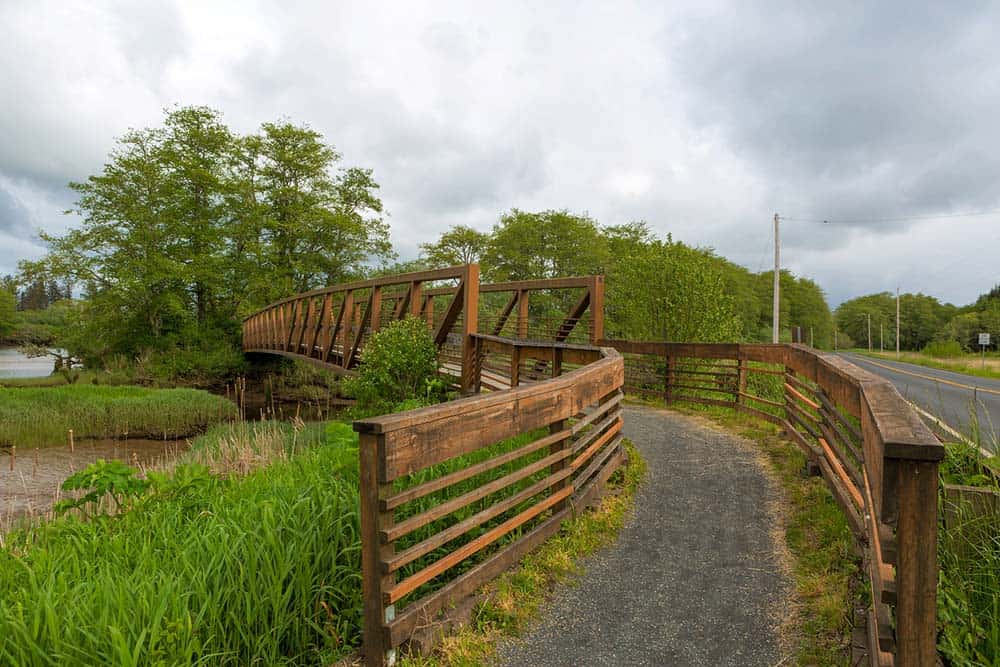
If you attended public school in America as a kid, you’re sure to know a bit about the Lewis & Clark National Historic Trail. It’s a 4,900-mile route across 16 states from Pittsburgh, Pennsylvania to the mouth of the Columbia River. It marks the route that Lewis, Clark, and their guide Sacajawea took as they led an expedition to find the most direct water-bound route across the continent to the Pacific Ocean.
There are many points of interest along the entirety of this route to explore, including the Lewis & Clark National Historical Park that we already covered. You’ll also find more information about the expedition at Multnomah Falls and the Willamette River Confluence.
Oregon National Historic Trail
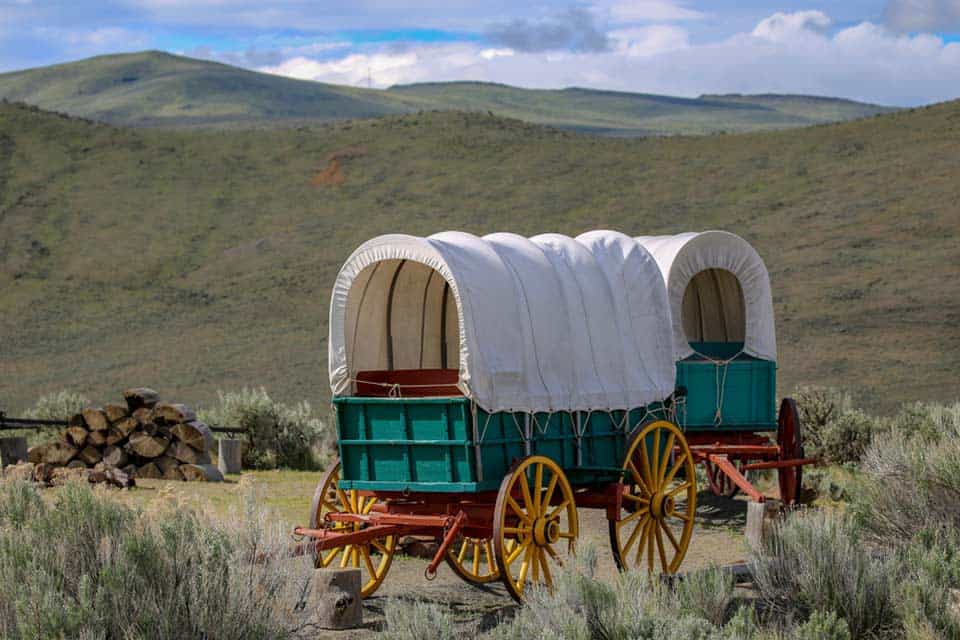
Finally, we have come to Oregon’s preeminent national treasure, the Oregon National Historic Trail. We’ve highlighted this historic centerpiece before when we detailed the stretches of the Oregon Trail that you can still hike. There are miles of track near Portland, Mount Hood, and throughout eastern Oregon where wagon wheel ruts can still be seen in the dried dirt.
There are six historic sites and interpretive facilities in Oregon that detail notable events and places along the trail. If you plan to follow the route, be sure to stop at these attrations:
- End of the Oregon Trail Interpretive Center
- McLoughlin House
- Columbia Gorge Discovery Center
- Tamástslikt Cultural Institute
- Umatilla Lower River Crossing at Fort Henrietta
More Oregon Adventures
Sign up for our free email to join thousands of readers getting epic travel, hiking, camping and gear ideas every week.
Seen in: Crater Lake National Park, National Parks, Oregon

